What Is The Universal Edibility Test: How To Tell If A Plant Is Edible
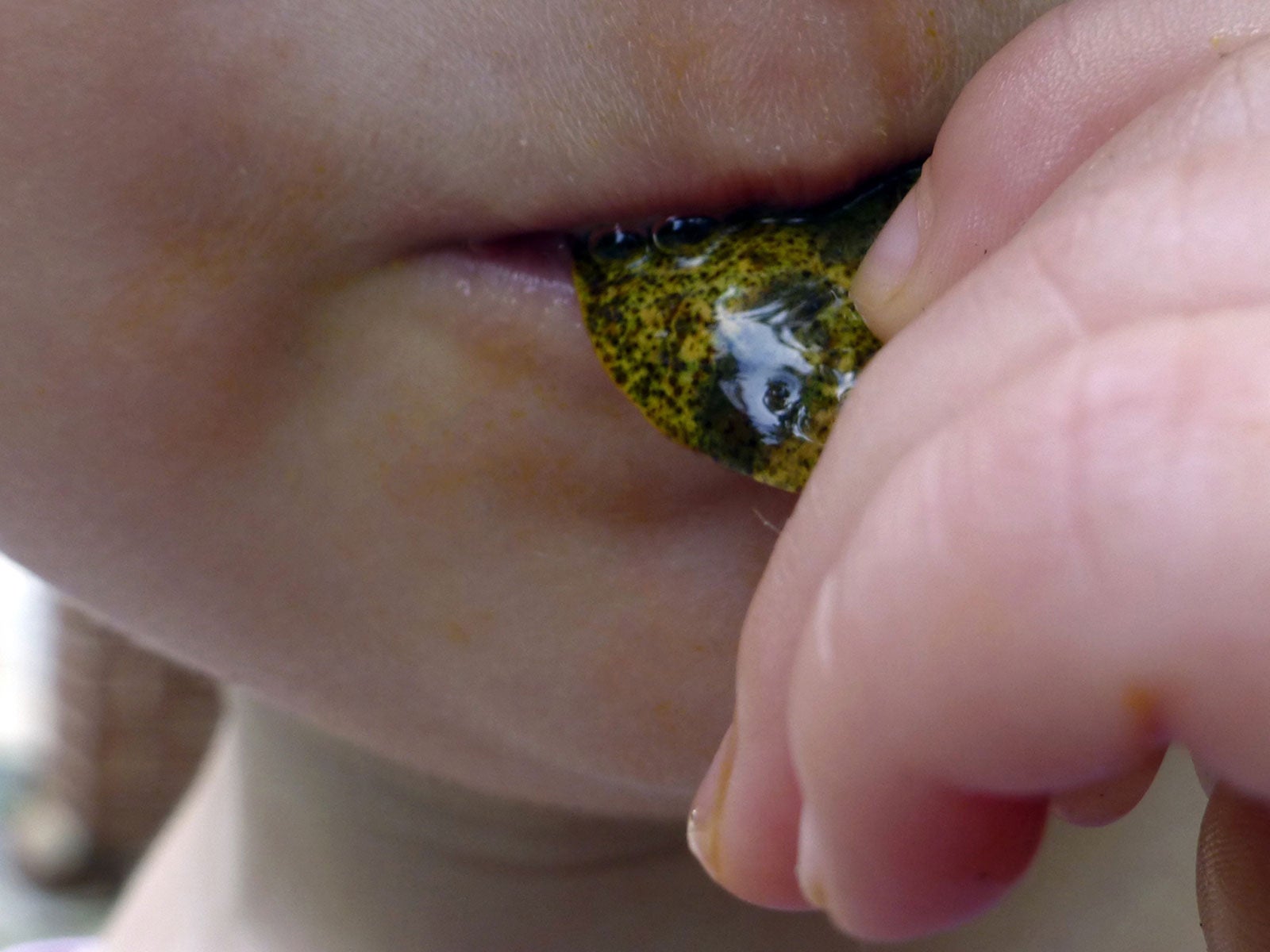

Foraging is a fun way to enjoy the outdoors and still bring dinner home. There are many wild and native foods available in our forest, along streams and rivers, in mountain zones, and even in deserts. You just need to know what you are looking for to get a table full of nutritious goodies.
This is where the Universal Edible Plant Test comes into play. If you aren't sure what your wild food is, you should test a plant's edibility by following this guide.
How Does The Universal Edibility Test Work
What is the Universal Edibility Test and how does it work? It is a very simple, but specific, plan to ID wild plants and ascertain their safeness for eating. Basically, it is how to tell if a plant is edible. Does the Universal Edibility Test work? It is a gradual and thorough introduction of the new food that gives you a chance to check whether it is toxic or poisonous. The introductions are small and slow, so the chances of a large reaction are reduced.
The first part of testing a wild food is to divide it into edible parts. If you know what the food might be you will know, for instance, that the leaves and bulb of wild onion are edible. The berries of wild brambles and the flower of a cattail are all edible. Select healthy plant material free of damage and insects.
Pick one part of the plant and smell it. Any detection of an almond scent should be avoided as should acidic or bitter smells. Now you are ready for skin and oral contact. Start with skin to determine if any topical allergy exists. Part of the Universal Edible Plant Test is to place the plant in your mouth, but first you should have tactile contact for 15 minutes followed by an observation period. You should wait eight hours after skin contact with the plant, during which time do not eat. If any allergic reaction occurs, do not place the plant in your mouth.
How to Tell if a Plant is Edible Through Oral Contact
Finally, we get to the potentially scary part, tasting the plant. This requires several steps before the plant can be considered safe. Place part of the plant around your mouth. Discontinue if any burning or itching happens.
Next, place the plant on your tongue for 15 minutes but do not chew. If all seems well, move to the next step. If nothing happens, chew for 15 minutes but do not swallow. If everything seems good, swallow. Do not eat the food again for eight hours. Drink plenty of filtered water during this period.
Gardening tips, videos, info and more delivered right to your inbox!
Sign up for the Gardening Know How newsletter today and receive a free copy of our e-book "How to Grow Delicious Tomatoes".
Universal Edible Plant Test Reactions and What to Do
If at any time you feel nauseous after ingesting the plant, drink a lot of purified water and induce vomiting followed by plenty more water. Since the plant ingested was just a small amount, things should be fine except in rare cases. If any oral discomfort occurs later, swish with water and do not eat any more of the plant.
If nothing happens in eight hours, eat 1/4 cup (30 g.) of the plant and wait an additional eight hours. If all seems well, the plant is safe to ingest. This is an approved method to test plant edibility. The test appears in many survival and prepper guides as well as university publications on wild foraging.
Disclaimer: The contents of this article is for educational and gardening purposes only. Before using or ingesting ANY herb or plant for medicinal purposes or otherwise, please consult a physician, medical herbalist or other suitable professional for advice.

Bonnie Grant is a professional landscaper with a Certification in Urban Gardening. She has been gardening and writing for 15 years. A former professional chef, she has a passion for edible landscaping.
-
 Looking For Plants To Give You The Soft And Fuzzies? Try These 5 Fuzzy Leaf Plant Options
Looking For Plants To Give You The Soft And Fuzzies? Try These 5 Fuzzy Leaf Plant OptionsLovers of texture, drama, silver foliage and tactile plants will adore these special sensory garden additions. These fuzzy leaf plant options will leave you all aglow
By Susan Albert
-
 Get Ready For A Summer Of Hummers! Grow These Full Sun Hummingbird Plants and Flowers
Get Ready For A Summer Of Hummers! Grow These Full Sun Hummingbird Plants and FlowersIf you’re lucky enough to enjoy a sunny backyard, make sure you are maxing out on your pollinator opportunities and grow these full sun hummingbird plants and flowers
By Tonya Barnett
-
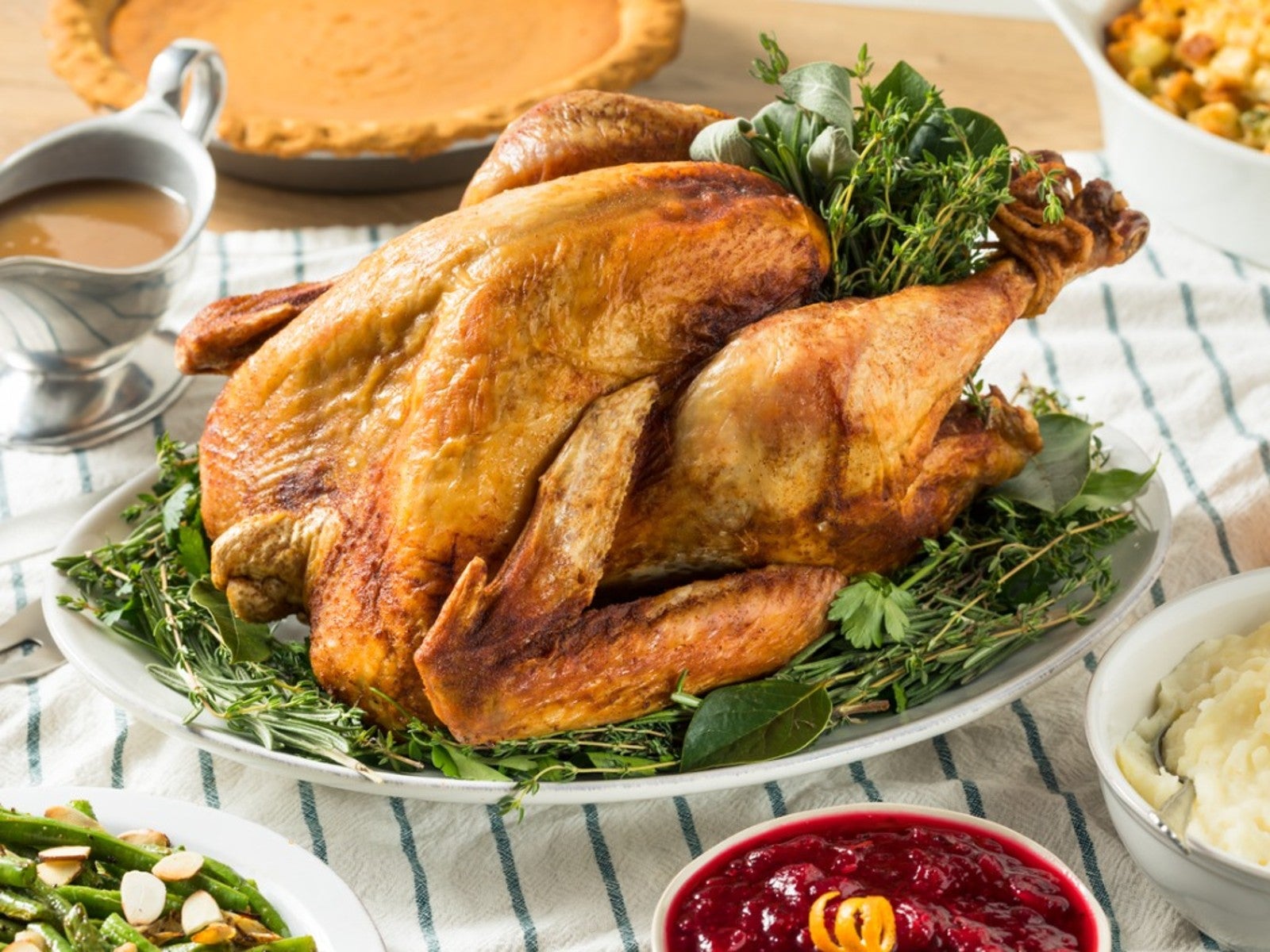 Grow Tasty Herbs For Roast Turkey In Your Garden
Grow Tasty Herbs For Roast Turkey In Your GardenCan you season your turkey with herbs you grow in your own garden? Yes! Click to learn more.
By Amy Grant
-
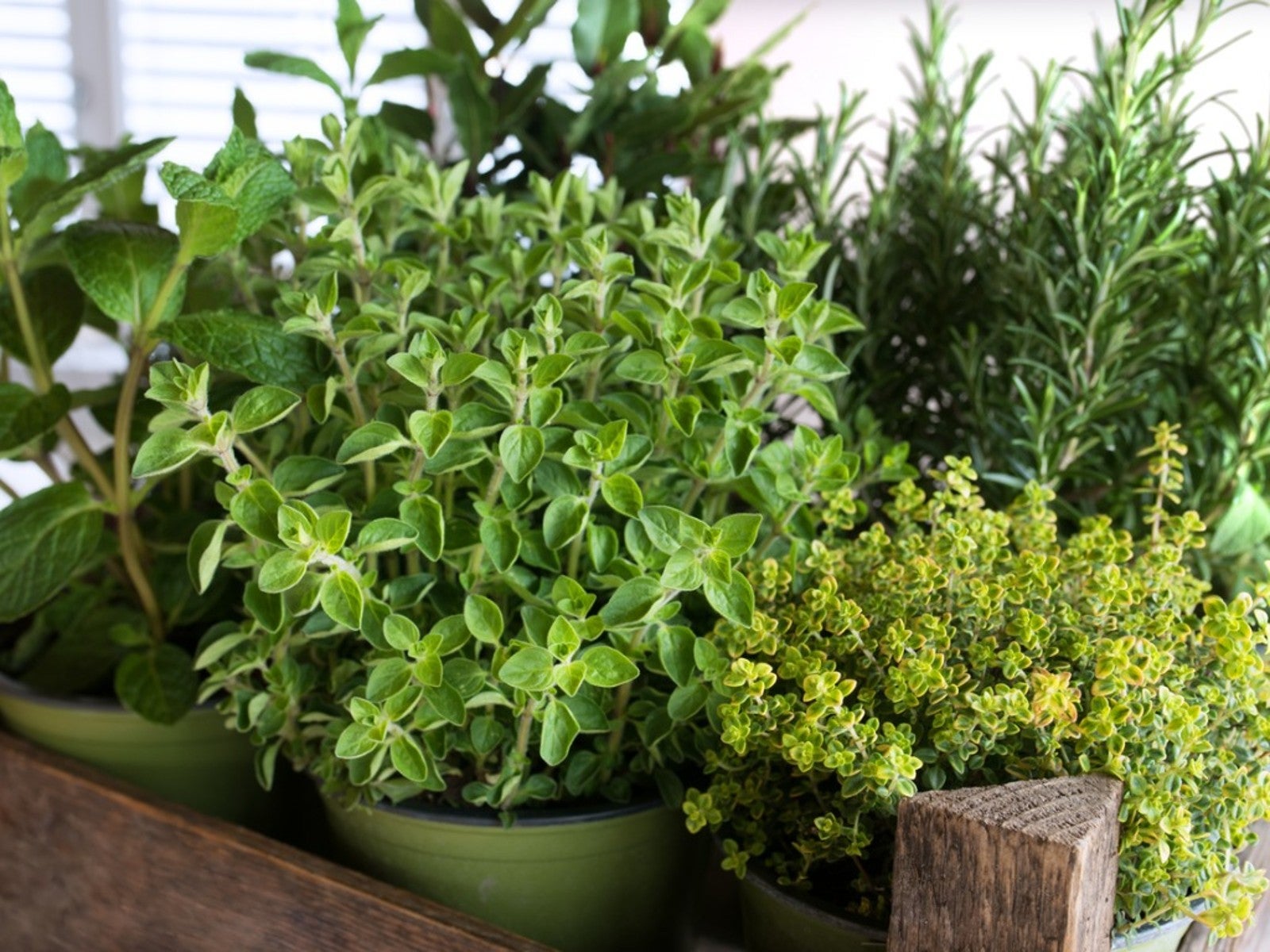 10 Easy Herbs For Beginners
10 Easy Herbs For BeginnersIf you’re new to herb growing, there are some perfect beginner herbs that are low maintenance and easy. Here are our top ten.
By Mary Ellen Ellis
-
 How To Make A Rain Gutter Herb Garden
How To Make A Rain Gutter Herb GardenOne really fun look outside the box is a hanging rain gutter herb garden. A gutter planter is a unique way to house and showcase plants.
By Bonnie L. Grant
-
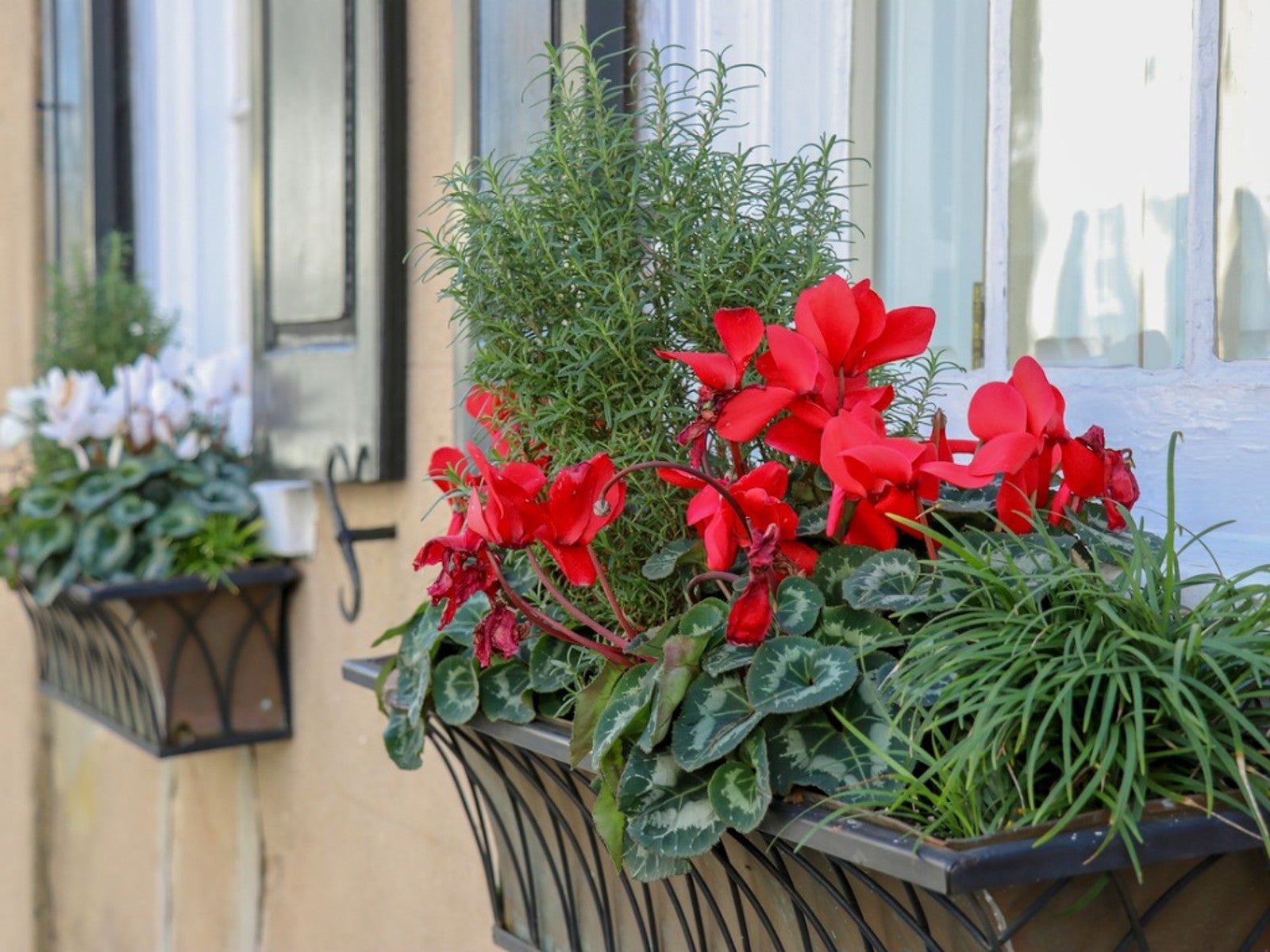 Grow A Beautiful, Edible Herb Window Box
Grow A Beautiful, Edible Herb Window BoxGrowing herbs in window boxes is a space-saving method for producing culinary ingredients for kitchen use. Click for more.
By Laura Miller
-
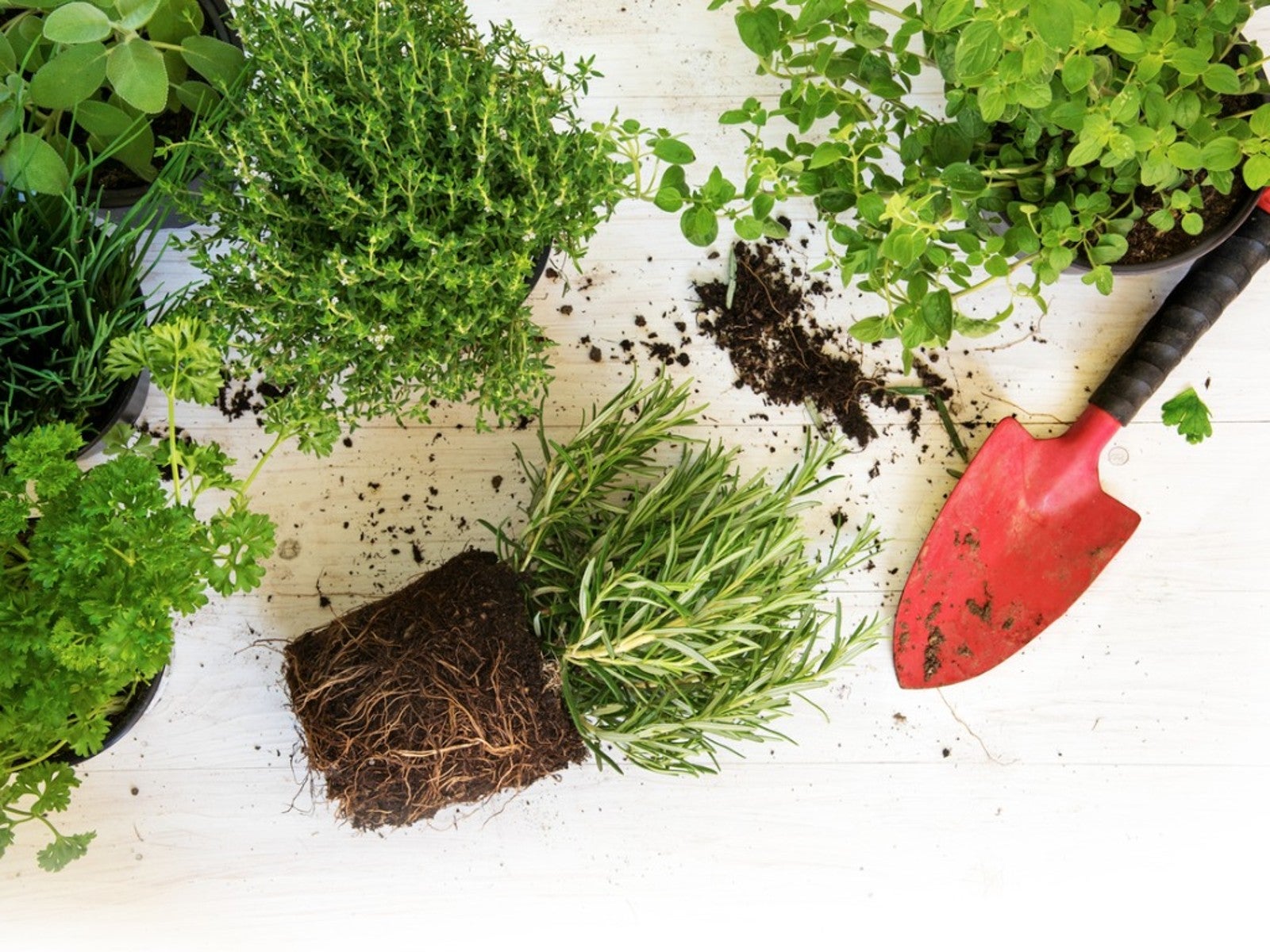 Best Herbs To Direct Sow Vs. Start Indoors
Best Herbs To Direct Sow Vs. Start IndoorsKnowing when to buy herb plants or start them from seeds or cuttings is essential to your success. Read on to learn more.
By Laura Miller
-
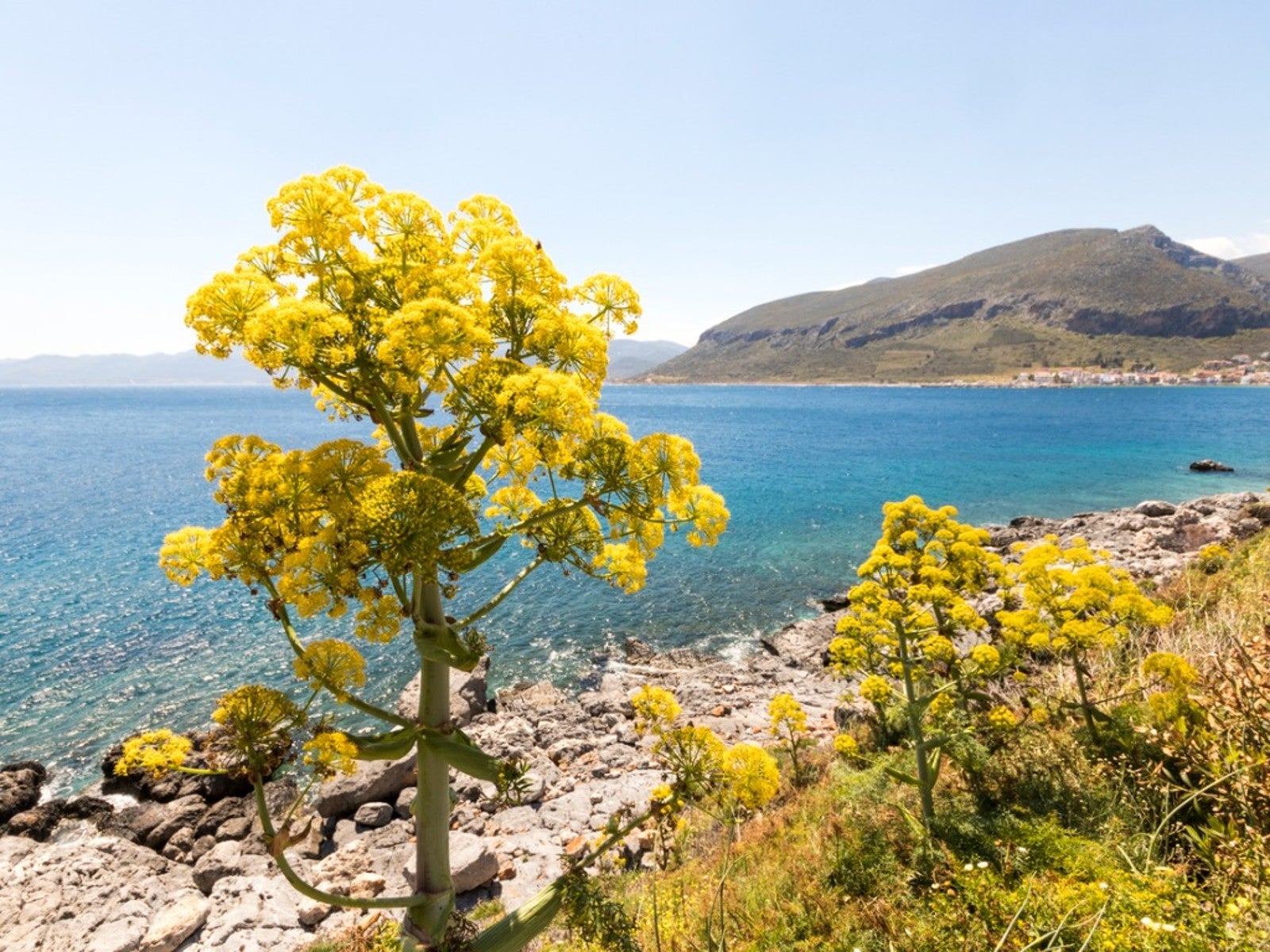 Learn About The Highly Prized Silphium Herb
Learn About The Highly Prized Silphium HerbWhat if there was a perfect plant? In ancient times such a treasure existed. It was the silphium plant.
By Laura Miller
-
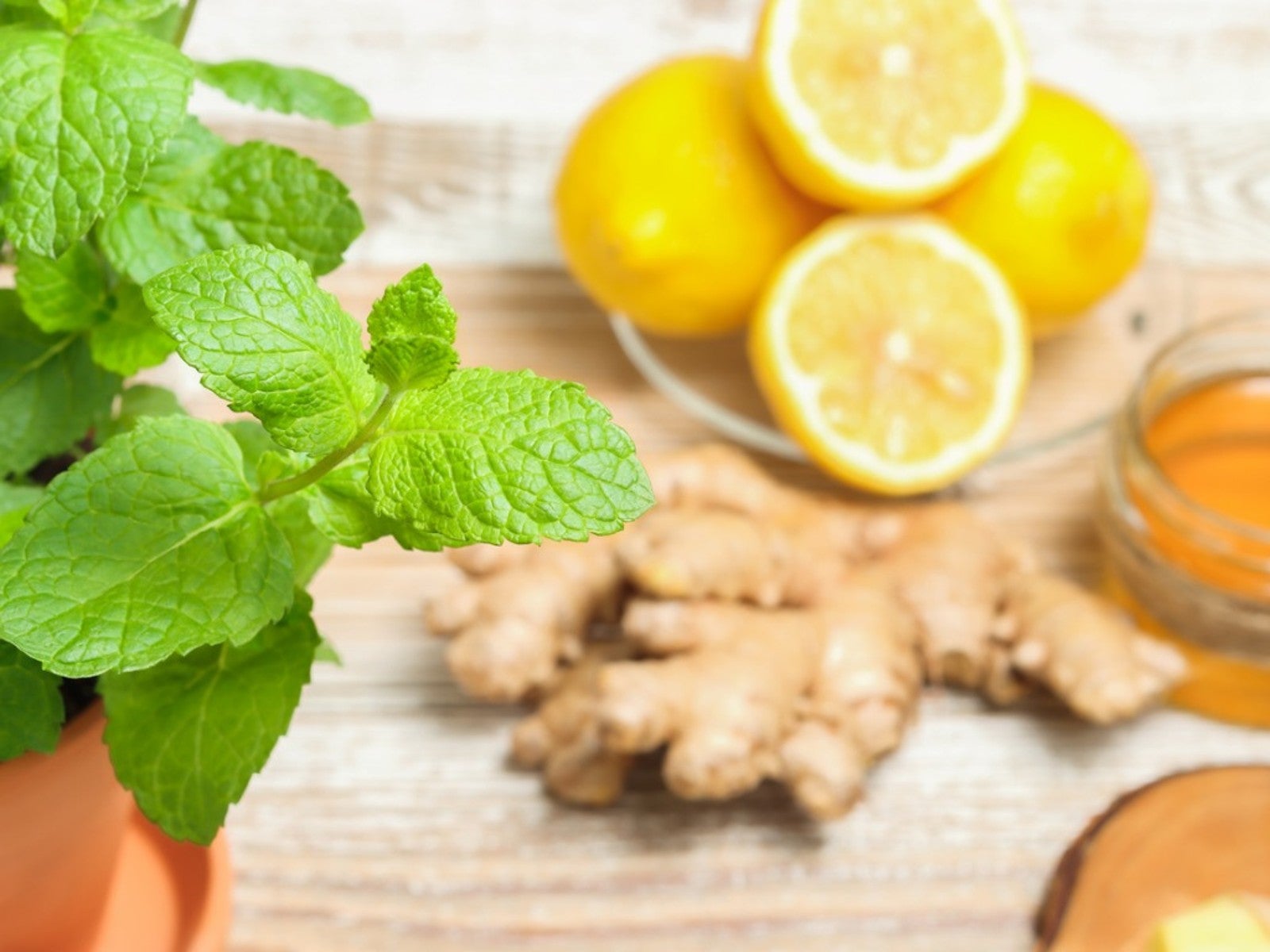 Grow Healing Herbs Indoors: Combat Winter Illness With A Medicinal Garden
Grow Healing Herbs Indoors: Combat Winter Illness With A Medicinal GardenIf you are growing medicinal plants at home, did you know you also can grow an indoor medicinal herb garden? Read on for more.
By Susan Albert
-
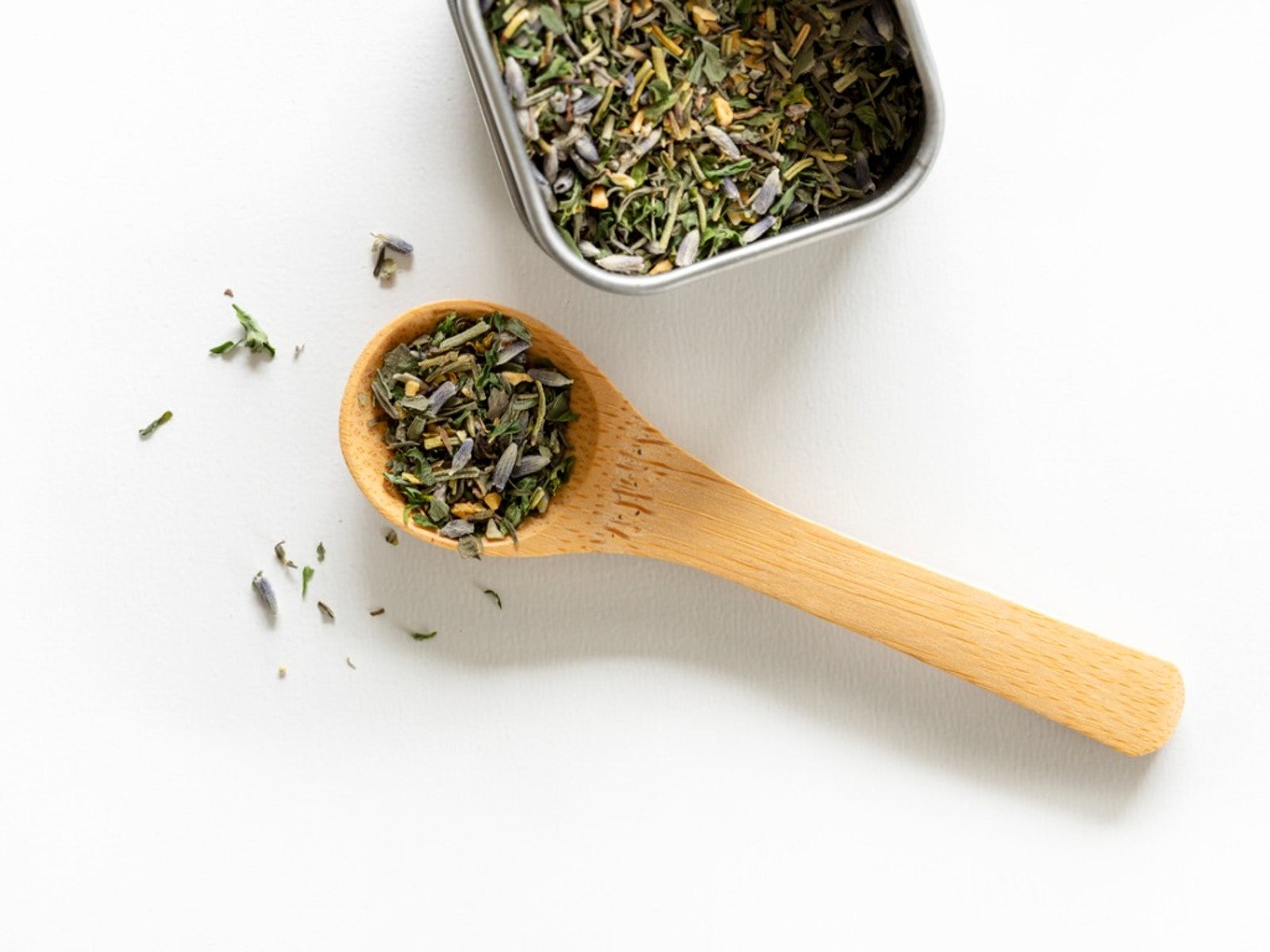 Grow Your Own Herbes De Provence - How To Grow, Dry, And Store Herbs
Grow Your Own Herbes De Provence - How To Grow, Dry, And Store HerbsHomemade gifts can add that special touch to any occasion, such as a jar of herbes de provence. Click here to learn how to grow and make your own for gifting.
By Laura Miller